“We Have Already Resettled At Least 68 Ex-fighters”
- Par Emmanuel
- 06 Jan 2020 10:58
- 0 Likes
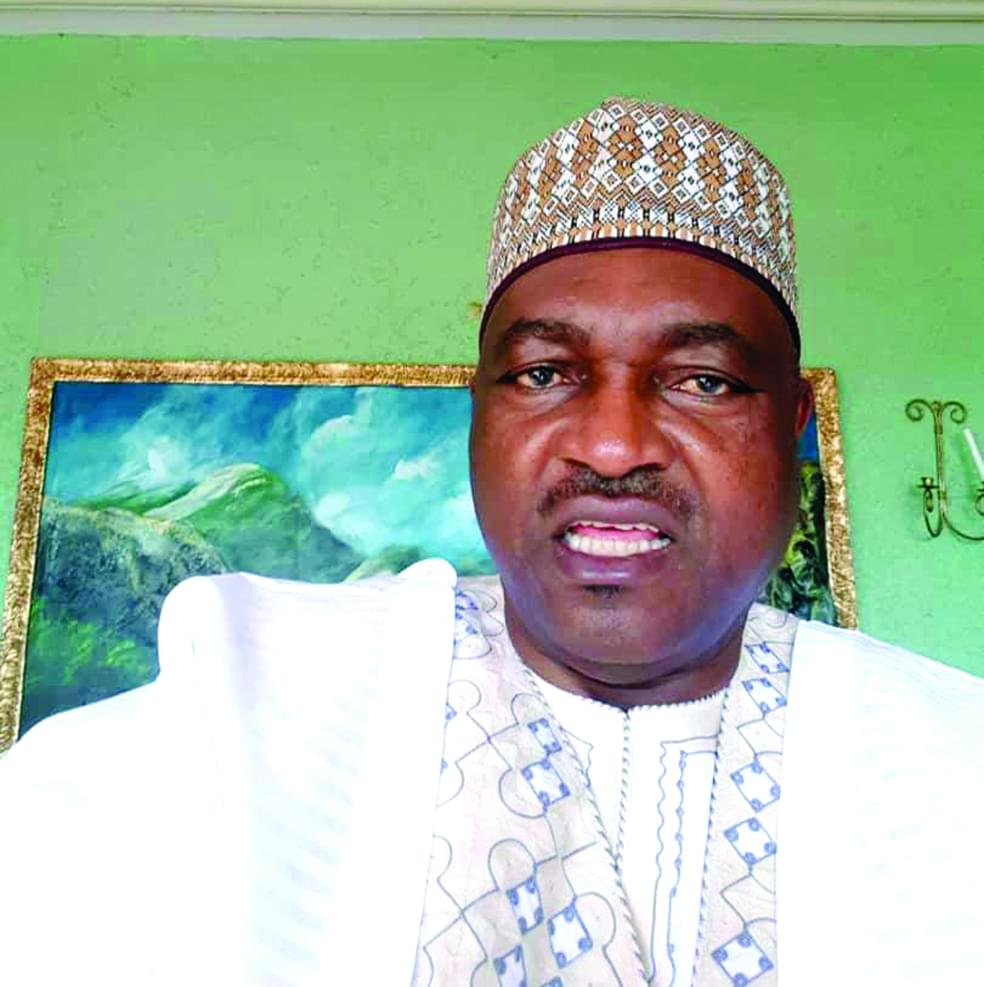
Fai Yengo Francis, National Coordinator of the Disarmament, Demobilisation and Reintegration Committee.
What are the major achievements of the NDDRC in its one year of existence?
The achievement is that the first citizen of this country, President Paul Biya created the NDDR. It was necessary that there should be a structure to handle the situation. Before he created the structure, he had been asking the fighters to lay down their arms and come out of the bushes. So, the major event for us was the creation of the structure accompanied by the fact that immediately it was created, the children started to respond. Around December 28, 2018, we had the first ex-fighters in our centres. The second achievement is that we had to rapidly go to the field to see where to settle them. And for this, we had structures which were temporary but which are adequate structures because they have been there for one year in Centres in Bamenda and Buea and for the case of Mora, the ex-fighters are with the Multinational Joint Task Force though their own structures too are ready. The third point was the Major National Dialogue which was called because of the situation in the country. The Major National Dialogue rekindled the flame and if you look at the statistics after it, the figures have increased. Not only have the figures increased but many people have become aware of what the NDDRC is even about. Many people are even aware that there are different specificities of DDRs all over the world.
To talk about that, the NDDRC of President Paul Biya is taking into cognisance the local specificities. That is why in a year we can be proud that we have resettled some people already. It is a pride for us who see what has been happening in other places to say that as at December 30, 2019 we have been able to resettle into active normal life at least 68 ex-fighters. This is thanks to the measures taken by the State and some capable good will Cameroonians. We are going to continue with this operation in this month of January so that the actions that have started should continue. The bigger picture for us is that these measures the State is taking, the support that is now coming from the populations should send a message to those who are still fighting that the State is serious. The Head of State has stretched a hand to them, a hand of a father to the children. This is sincere, irrevocable, it is permanent. The message all of us should send in view of these actions that have been taken is that the rest of the children should come out of the bushes. They are Cameroonians.
What is the current situation in NDDR Centres now?
Before the resettling of the 68 ex-fighters, we had about 150 of the ex-fighters in the centres in Bamenda and Buea, 80 and 70 respectively. We have about 122 in Mora. When you make the calculations you see that we have taken just a fraction of them. This is just clearing space because we know that in the next few days the space will be filled. As they are coming there are other initiatives of the State that will take place in January. So, we may go from 68 to about a hundred ex-fighters being resettled. Progressively, we will continue to resettle them as the opportunities come. So, the numbers we have in the centres now are known but they are not fixed. I think that they are going to evolve in the coming days.
What will be the link between the resettled ex-fighters and the NDDRC?
Our responsibility is permanent. First of all for them to have passed the time in the centres, we took a lot of pains to deradicalise them. We have to filter them out to know their respective atrocities in order to know them well. They are our children and we cannot just throw them into the wilderness. We are going to follow them up. That is for their interest, for ours too and that of the other children. We are in contact with them.
Recently, some ex-fighters and refugees were flown in from Nigeria. What happens to them and how do ex-fighters come into the NDDR Centres?
I will be very straight forward. Here in Cameroon, there are three ways in which the ex-fighters come. First of all, there are those who come spontaneously, I mean those who yield to the message of the Head of State and decide to come. We have a good number of them. Secondly, there are those who come through the security forces (their different operations, identifications on the roads or during operations). Thirdly, there are others who come through the laid down traditional authorities, moral authorities, the church and even through some administrative authorities. I like to profit to thank the ex-fighters because it is thanks to those we have in the centres that more come. They have contacts with fighters still in the bushes. Our good relations with our neighbours are also helping us.
Do you have the adequately trained and professional staff to carry out the daunting mission of the NDDRC?
You know it is a matter of ...
Cet article complet est réservé aux abonnés
Déjà abonné ? Identifiez-vous >
Accédez en illimité à Cameroon Tribune Digital à partir de 26250 FCFA
Je M'abonne1 minute suffit pour vous abonner à Cameroon Tribune Digital !
- Votre numéro spécial cameroon-tribune en version numérique
- Des encarts
- Des appels d'offres exclusives
- D'avant-première (accès 24h avant la publication)
- Des éditions consultables sur tous supports (smartphone, tablettes, PC)






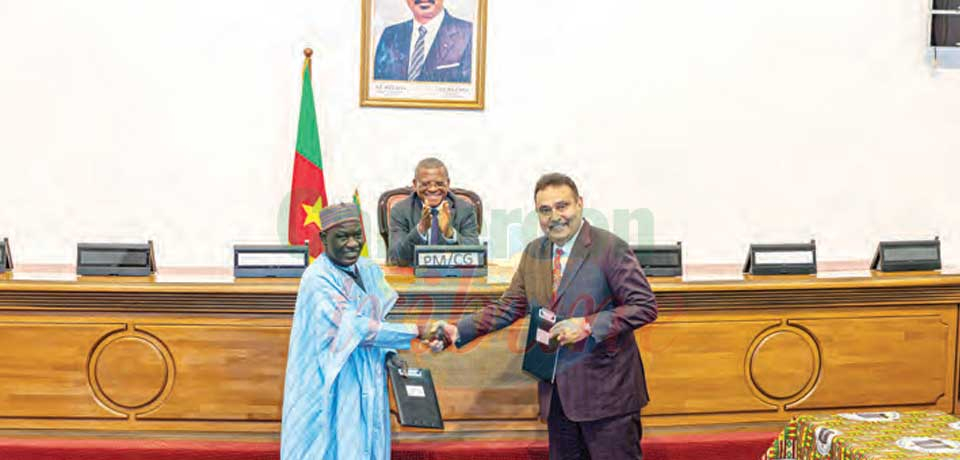
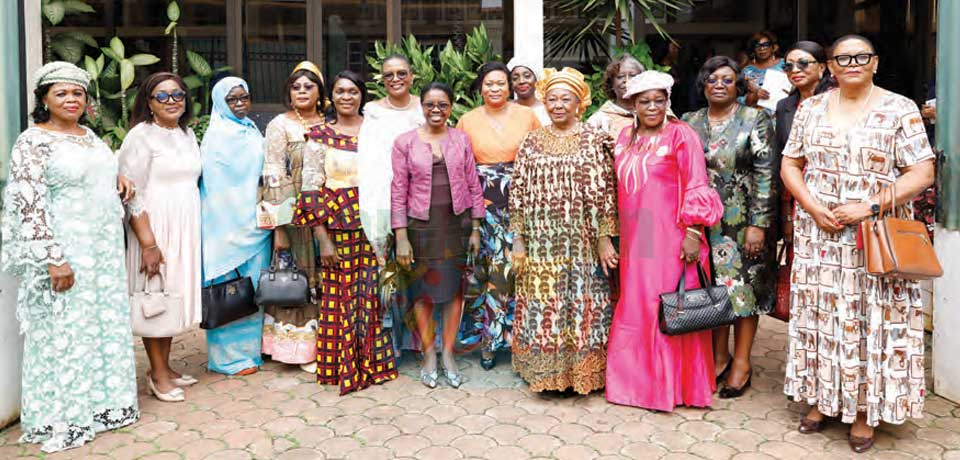
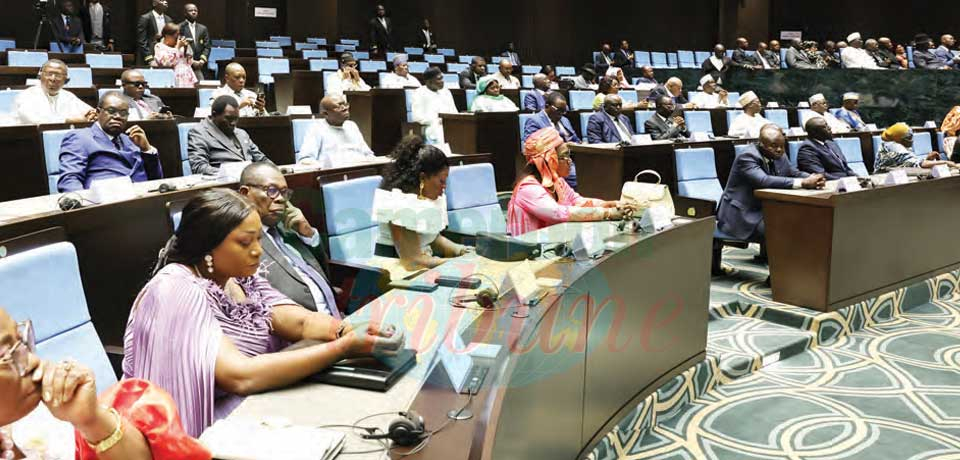
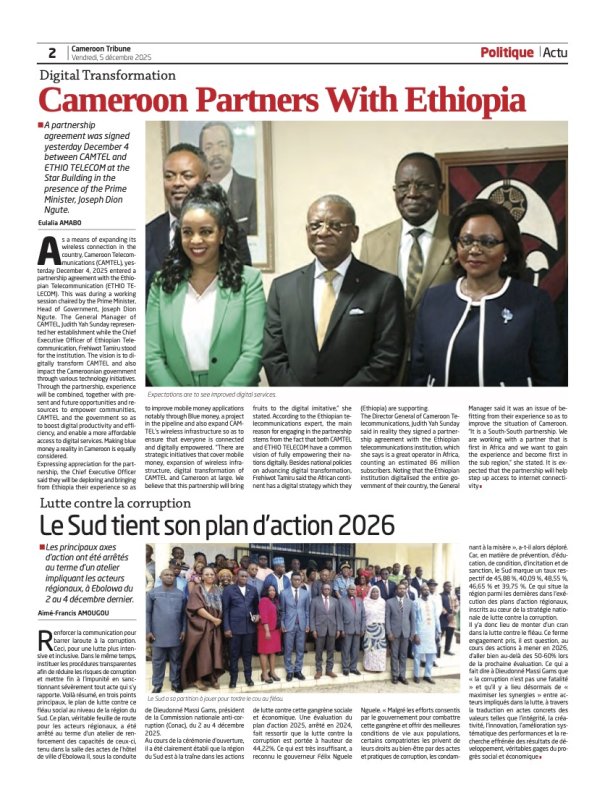




Commentaires